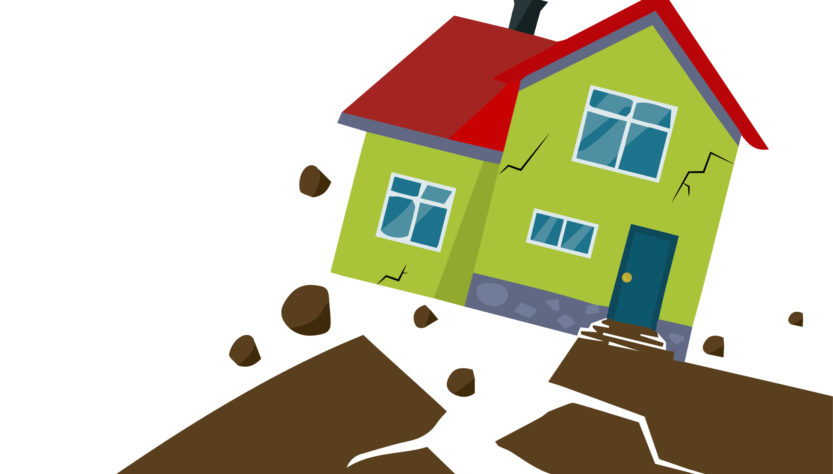By Taylor Olson
EARTHQUAKE
earth·quake
Noun | \ ˈərth-ˌkwāk \
1: a shaking or trembling of the earth that is volcanic or tectonic in origin
For Alaskans, experiencing the occasional rumble and shake of an earthquake is no different than glancing outside and realizing that it’s begun to rain. As the most seismically active state in the United States, according to US Geological Survey, most Alaskans are well accustomed to the standard earthquake safety procedures—drop, cover and hold.
Earthquake Timeline: Notable earthquakes throughout Alaska’s history
Good Friday Earthquake / Great Alaska Earthquake
- March 27, 1964, 5:36 p.m.
- 9.2 Magnitude
- Most powerful earthquake in U.S. history, second most powerful earthquake in the world
- 11 aftershocks greater than 6.0 that day
2016 Old Iliamna Earthquake
- Jan. 24, 2016
- 7.1 magnitude
- Four homes destroyed in Kenai due to gas leak related fires
2018 Anchorage Earthquake
- Nov. 30, 2018, 8:29 a.m.
- 7.1 magnitude initial, followed by a 5.7 magnitude six minutes after
- More than 80 aftershocks that day, at least three greater than 5.0
- It occurred about 10 miles north of downtown Anchorage and ruptured a fault between about 20 and 35 miles deep—and, according to the UAF Alaska Earthquake Center—it caused the strongest ground shaking in the area since the 9.2 magnitude Great Alaska earthquake in 1964.
Earthquake Facts
According to the Alaska Seismic Hazards Safety Commission, since 1900 Alaska has had an average of:
- One “great” earthquake (magnitude 8.0 or larger) earthquake every 13 years
- One magnitude 7.0 to 8.0 earthquake every year
- Six magnitude 6.0 to 7.0 earthquakes per year
- 45 magnitude 5.0 to 6.0 earthquakes per year
- 320 magnitude 4.0 to 5.0 earthquakes per year
- An average of 1,000 earthquakes are located in Alaska each month
In addition, Alaska also has…
- 11% of the world’s recorded earthquakes
- Three of the eight largest earthquakes in the world
- Seven of the 10 largest earthquakes in the United States

